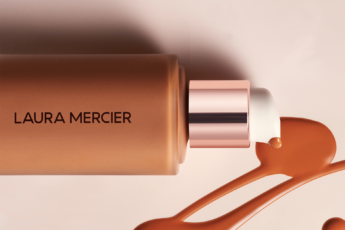When you’re trying to care for your skin, it can seem like the world is full of conflicting information. What one person swears by, another one blames for all their skin problems. This is because everyone’s health and wellness journeys are different and complicated. The following will explore just one skincare topic with an awareness of the nuanced differences in people’s skin: exfoliation. The goal here is to help you understand the meaning of exfoliating your skin and what steps are right for you.
You’ll also like this:
A Guide to Angel Numbers And Their Meaning
Easy to Wear Beach Outfits For Your Next Vacay
8 Best Period Underwear Brands You Can Buy Online
Try New Products Properly
Whenever you’re incorporating new products or new skincare techniques, it’s important that you introduce them one at a time. If you use more than one new product or technique, you won’t be able to tell what is working and what isn’t. It might turn out that one product is helping and one is harming, but because you’re using them both at the same time, you don’t notice the harm until your skin has a complete breakdown. This means it can take a while to find the right product for you.
If you’re looking to address skin imperfections, consider exploring non-surgical treatments like chemical peels or microdermabrasion. Introduce these techniques one by one to assess their effectiveness and how they complement your skincare routine, ensuring a safe and successful transformation for your skin. Similarly, if you’re seeking to refine specific facial features, such as a boxy nose tip, consult with a qualified cosmetic professional to explore non-surgical options like dermal fillers or contouring procedures. Taking a step-by-step approach will help you achieve natural and satisfying results, enhancing your overall facial harmony.
Natural Acids
One of the most common exfoliation options that are well regarded is natural acids. This might refer to an exfoliator with glycolic acid or with lactic acid, but there are lots of options. Most skin types will respond positively to natural acid exfoliators; if you’re having trouble with the harshness of exfoliation products, starting your search in the realm of what comes from whole foods is an excellent option.
Start Small
When you are thinking about exfoliating your skin, you need to understand that for most skin types, this isn’t something that is going to be done morning and night every day. Think about what exfoliating is; it’s scrubbing away the dead skin cells that pile up over time on your face. How quickly your cells turn over is a big part of how often this is needed. Exfoliating can damage your skin if it’s overdone, so it’s best to begin exfoliating once per week. After a month of that, you can begin to increase it to two times per week.
You always want to give yourself a month to really see and understand results, as sometimes it takes a bit of time for your skin to freak out and gets mad at you for something it doesn’t like. Some people prefer to exfoliate even less than once per week, only doing it when their skin looks and feels like it needs to be exfoliated.
A Note About Plastic
Many exfoliating products contain little beads that help scrub away the build-up on your skin’s surface. While this can absolutely be ideal for some people, it’s important to ensure that the products you choose don’t have plastic scrubbing beads. There are lots of natural options available that don’t contribute to the microplastics issue. Your skin can also absorb flakes of plastic, and this can increase your risk of cancer or other chronic illnesses.
The above tips should help you get your exfoliation practice balanced and effective. Remember to schedule a few days each month where you do nothing to your skin so it can breathe and relax.
You’ll also like this:
WIN A $160 HIROMI Matcha Tea Set From Purematcha









Leave a Comment